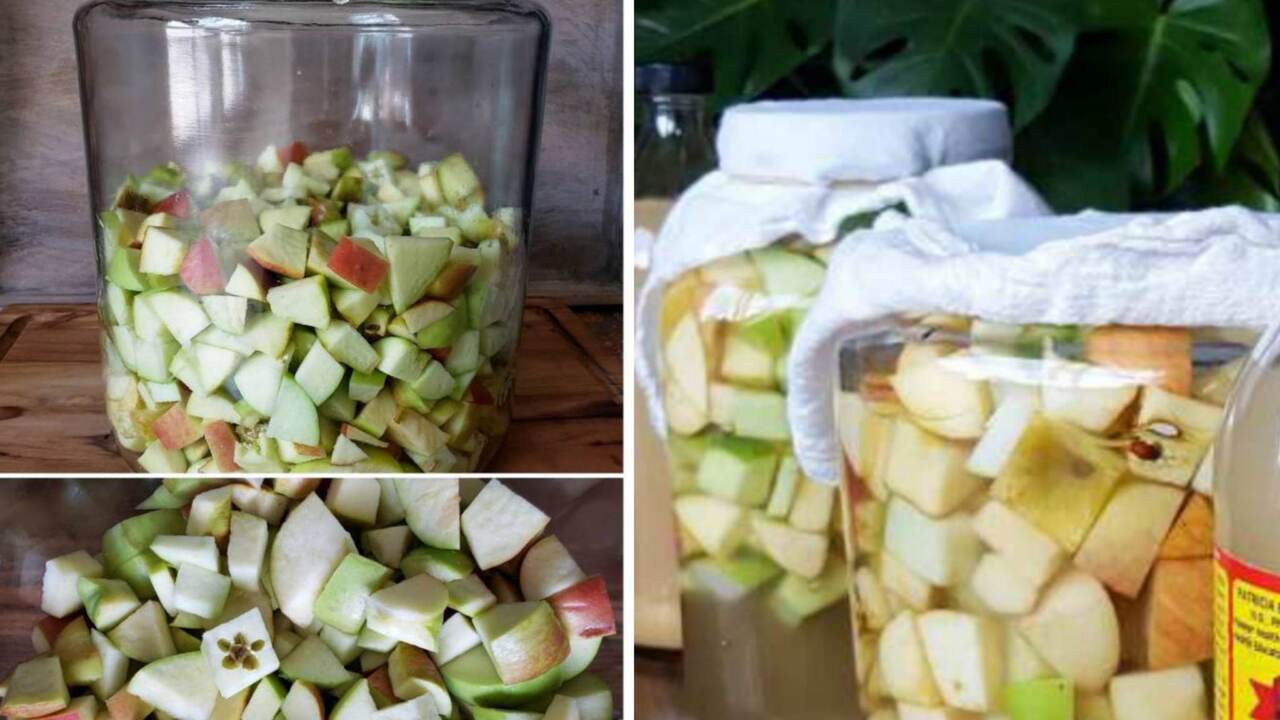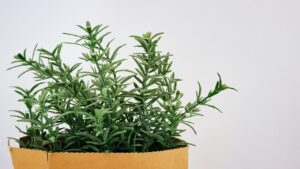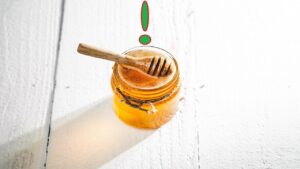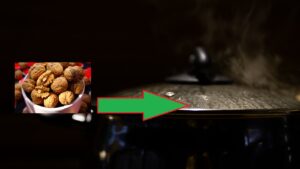How to Use Discarded Apple Cores to Make Your Own Vinegar
Apple cider vinegar can be quite useful in the home. Not only is it a delicious condiment for salads and other dishes, but it can also be used to clean as well. And in fact, it is easy to make your own apple cider vinegar at home, saving you both money and a trip to the store.

Apples are a common healthy snack, but we tend to just throw apple peels and cores away without a thought. However, it may be worthwhile to conserve the parts of the apple that we don’t consume. And here, we are going to look at how to use these discarded parts of the apple in a vinegar recipe.
Making Apple Cider Vinegar at Home
Here is a list of the things we will need:
- Apple peelings or cores
- Sugar (1 tablespoon of sugar per liter of water)
- Filtered water
- Glass jar (we will use a quart-sized jar, but you can adjust the quantity)
- Rubber band
- Piece of cloth large enough to cover the jar
Before you start making Apple Cider Vinegar, ensure that you have thoroughly cleaned the jar or you are using a very clean quart-sized jar. This is crucial because bad bacteria could potentially spoil your apple cider vinegar.

To begin, wash the apple peelings and cores with water, then dry them off. Place them in the glass jar, filling it about halfway or three-quarters full. Next, mix the sugar with filtered water until it is mostly dissolved, and add this mixture to the jar with the apple scraps. Once everything is well combined, cover your jar with a piece of cloth and secure it with a rubber band. Now the pieces of apple will have to macerate, it is necessary to place the jar in a dark place for approximately two weeks. You can give it a good mix every two days.
After two weeks, strain out the apple scraps from the liquid and transfer the liquid back into the jar. Let it sit for another two to four weeks. Now, your homemade vinegar is ready to be used.
As we previously mentioned, your homemade vinegar is a great, low-calorie condiment for salads. But keep in mind that apple cider vinegar can also be used as a facial cleanser. Just make sure to dilute it with water before applying it to the skin to avoid burns.





